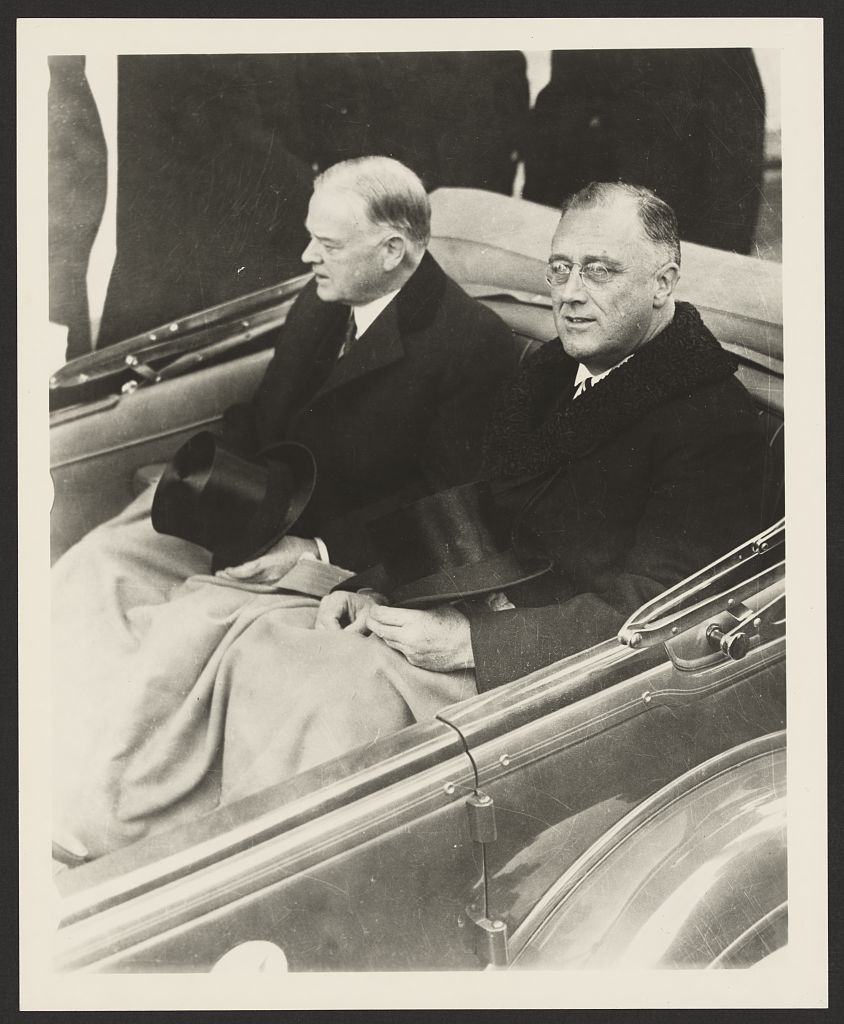Last summer, a distressed teacher friend shared an all too common story. Throughout the school year, she had sparked students’ skills and passions with a cross-curricular exploration of slavery. It was heady, demanding, and bang-on target for both state content standards and her 4th graders’ interests in fairness, difference, and understanding where we come from. At year’s end, her principal congratulated her overall success in boosting academic skills. Yet he added, “I’m concerned about the time you spent on social studies. It distracts from the focus on literacy.” Especially since 2001’s No Child Left Behind Act, History, Social Studies, and Science have slid into or even beyond the margins of K-12 education.
No longer.
The release of the Common Core State Standards in 2010 requires that states and school districts reverse the slide. The very title of the Common Core State Standards features History/Social Studies, Science, and Technology.
What are the Common Core State Standards?
What these standards are not, is the project of any one person or agency. These standards come from two nationwide associations of state officials, the National Governor’s Association, and the Council of Chief State School Officers. This gives the standards staying power. Certainly, the Obama Administration embraces them. Yet they depend ultimately on state and local efforts.
Nor is the Common Core a national curriculum. The standards require that students think critically and apply content knowledge. They raise the bar for all students, with grade-by-grade goals attuned to the advanced literacy skills needed for college, career, and citizenship. Yet states, school districts, and teachers will devise the means to get there.
What the Common Core standards DO require is that ALL teachers take literacy seriously. We must teach students to read, write, listen, and speak–about content. Teaching students to analyze primary sources lies at the heart of the Common Core. For those who labor to make history engaging and to foster critical thinking, this is good news.
Nearly all states adopted the standards and joined one of two consortia that are developing new assessments for pilot (2013-2014) and implementation (2014-2015). Instead of single day, high-stakes, multiple-choice tests, assessment designers promise that these assessments will feature extended, complex tasks of reading and writing. For example, over several days, students might analyze and write–including multiple drafts–about a set of primary sources that address a key event in American history.
Supporting Implementation of the Common Core
Emerging America offers several resources to support history teachers as they work to align their teaching to these standards. Start with these.
- • In-depth summary of the Common Core for history educators. [permalink href="3470"]More.[/permalink] • Fall 2012 TPS Journal issue on the Common Core and primary sources. (Includes feature article by Emerging America Director, Rich Cairn.) More. • Approaches to Historical Thinking grounded in inquiry and using performance assessment. [permalink href="3665"]More.[/permalink]
* Sample Application of a Standard
Grades 11-12; Reading Standards, Craft and Structure, Standard 5: “Analyze in detail how a complex primary source is structured, including how key sentences, paragraphs, and larger portions of the text contribute to the whole.”
Students could address one 11th-12th grade standard by analyzing the rhetorical construction of a key speech such as Franklin Roosevelt’s first inaugural address.




